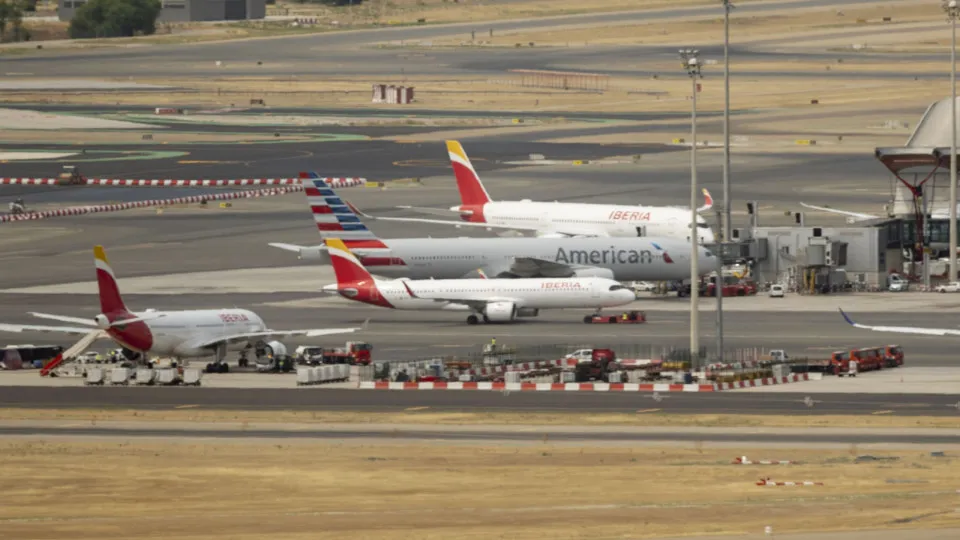An Iberia flight bound for Paris was forced to make an emergency return to Madrid on the afternoon of August 3, after a bird strike caused significant damage to the aircraft during takeoff.
Flight IB579, operated by an Airbus A321-253NY, had just departed Adolfo Suárez Madrid–Barajas Airport when it reportedly collided with a large bird. The impact severely damaged the aircraft’s radome (the nose cone that houses critical radar equipment), causing the material at the front of the plane to fall away.
Photos taken on the tarmac, and shared on the airport’s social media, show the extent of the damage, with the aircraft’s nose visibly torn and exposed. In one striking image, the bird believed to have caused the incident appears lodged in one of the plane’s engines.
According to flight tracking data from FlightRadar24, the aircraft made a brief loop over the Madrid area before safely landing back at the airport just over an hour after its initial departure.
No injuries were reported, but the flight was grounded for inspection and repairs. The incident highlights the ongoing risk bird strikes pose to aviation, particularly during takeoff and landing phases.
According to data compiled by the United States Fish and Wildlife Services, bird strikes cause annual damages amounting to approximately US$900 million in the US alone. But what types of birds pose the greatest threat? And what measures are being taken to prevent these dangerous encounters?
Click through this gallery to learn more.



